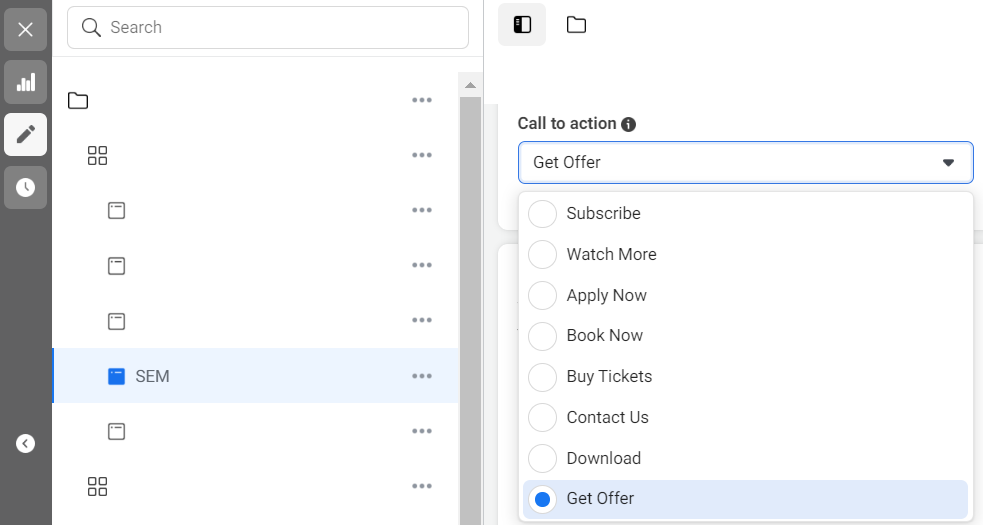
Google SEO Leak 2024: An In-Depth Analysis
The SEO world was rocked in 2024 by a significant leak of Google's ranking algorithm details, offering unprecedented insight into the mechanics of how websites are ranked. This leak, which stems from the inadvertent exposure of internal API data, has provided marketers and SEO professionals with a treasure trove of information, including over 14,000 distinct ranking signals of Google data. These revelations challenge many traditional SEO beliefs and offer a path forward for those looking to improve their website’s visibility in search engine results pages (SERPs).
In this comprehensive analysis, we’ll break down the most important findings from the leak and explain how they can inform your SEO strategy moving forward.
The Impact of the Google SEO Leak 2024
While Google has always been secretive about the inner workings of its search algorithm, the leaked data from this incident provides unprecedented clarity into the nuances of their ranking system. The leak, which was technically a result of an API exposure, revealed several previously unknown ranking factors, including how PageRank has evolved, new forms of ranking metrics, and the significant role of Chrome user data in determining rankings.
The leak underscores the complexity of Google's ranking system, highlighting a blend of both content quality and user engagement metrics. This newly revealed balance between technical SEO aspects and real-time user interaction suggests that SEO in 2024 is far more dynamic and user-focused than previously thought.
Key Ranking Signals Revealed in the Google SEO Leak 2024
1. Multiple PageRank Variants
One of the most surprising revelations was the discovery of multiple PageRank variants, including a powerful new metric known as PageRank_NS. While PageRank was always understood to measure the quantity and quality of links pointing to a page, this variant appears to focus heavily on document clustering.
Document clustering allows Google to assess the relevance of content within specific niche categories. This means that sites with closely related content can rank higher due to their topical authority. For example, a blog that covers multiple related topics (e.g., dental health, oral hygiene, and dental treatments) and links them together well is likely to perform better than a more general site with scattered topics.
What This Means for SEO Strategy:
To take advantage of PageRank_NS, it’s essential to create content clusters or topic silos within your website. Group related content under broader themes and interlink them strategically to signal relevance and authority to Google's algorithm.
2. NavBoost and Chrome Data Influence
Another major discovery was Google's reliance on Chrome browsing data for ranking purposes, via a system referred to as NavBoost. This system uses data from the Chrome browser to reward pages that engage users more effectively, relying heavily on signals like click-through rates (CTR), dwell time, and bounce rates.
This confirms long-standing suspicions that user experience metrics—such as how long a user stays on a page or how often they return to it—play a significant role in determining rankings. Google essentially prioritizes websites that users find valuable and engaging, reinforcing the need for a user-first approach in SEO.
How to Optimize for NavBoost:
- Improve On-Page Engagement: Use clear headings, engaging visuals, and easy-to-read content that holds the user's attention.
- Enhance Dwell Time: Focus on creating comprehensive content that answers users' queries in depth, reducing the likelihood they will return to the SERP for additional information.
- Monitor and Improve CTR: Optimize your meta titles and descriptions to increase click-through rates from search results.
3. SiteAuthority and Host NSR
Among the most pivotal metrics uncovered were siteAuthority and Host NSR. These signals appear to gauge the overall authority and trustworthiness of a website, combining factors such as the site's content quality, its user interaction metrics, and the trustworthiness of the hosting environment.
Previously, site authority was thought to be primarily driven by backlink quantity and quality, but the leak suggests a more complex picture. Google now appears to evaluate the holistic performance of a site, including how often users engage with its content, how secure the hosting is, and whether the site consistently provides valuable and updated information.
Key Takeaways for Improving Site Authority:
- Create High-Quality Content: Regularly produce in-depth, original content that addresses user needs and showcases expertise.
- Strengthen Security: Use HTTPS and ensure your hosting environment is robust and secure, as Host NSR evaluates the reliability of your server and its potential to negatively impact user experience.
- Maintain a Positive User Experience: Ensure fast loading times, a mobile-friendly design, and an intuitive site layout.
4. ChardScores: Content Depth and Quality Evaluation
The introduction of ChardScores is one of the most intriguing aspects of the Google SEO Leak. This system evaluates the depth, quality, and engagement level of your content. Google appears to assign a ChardScore to individual pieces of content based on how well they answer user queries, how thoroughly they cover a topic, and how users interact with them.
Sites that consistently produce content with high ChardScores are ranked more favorably, as they signal to Google that the site is an authority in its field.
How to Improve Your ChardScore:
- Comprehensive Content: Cover topics thoroughly. Answer common questions, include supporting data or examples, and provide additional resources where necessary.
- User Engagement: Encourage interaction, such as comments or sharing, as engagement boosts the score.
- Content Updates: Regularly review and update content to ensure it remains relevant and high-quality over time.
5. The Role of Dwell Time and User Satisfaction
Dwell time—how long users stay on a page after clicking a link—has been widely discussed in SEO circles, but the leak confirms its critical role. Google uses dwell time as a signal of user satisfaction. If users spend significant time on a page without returning to the search results, it indicates the content is fulfilling their needs.
6. Unknown Weightings and Future Implications
While the leak has revealed a wealth of new information, it’s crucial to understand that these ranking signals are part of a much larger system. The weight of each signal can vary depending on the query, the industry, and even user-specific behavior. As Google continues to refine its algorithm, the weighting and importance of these factors may shift.
Adapting Your Google SEO Strategy in Light of the Leak
The 2024 Google SEO leak represents a turning point for how digital marketers approach SEO. The insights it provides suggest a shift towards more user-focused, content-rich, and engagement-driven strategies. Here’s how to adjust your approach:
- Focus on User Engagement: Create content that engages users, keeps them on the page longer, and prompts interaction.
- Leverage Content Clustering: Build content clusters that signal topical authority to Google's algorithm.
- Optimize for Security and Performance: Secure your site with HTTPS, improve load times, and ensure mobile-friendliness.
- Track and Improve User Metrics: Regularly monitor CTR, bounce rates, and dwell time using tools like Google Analytics and make adjustments to improve these metrics.
Summing up
The Google SEO Leak of 2024 has pulled back the curtain on some of the most significant ranking factors used by the world's most popular search engine. While these revelations offer new opportunities, they also demand a more sophisticated and user-centric approach to SEO. As you move forward, incorporating these insights into your strategy will help position your website for long-term success in the ever-evolving landscape of search.



